With the arrival of warmer weather, people swarm in their hundreds to the great outdoors to soak up the sun and spend time with friends and family. But we’re not the only creatures coming out in droves to enjoy the delights of summer.
While a nuisance to us as we try to make the most of the precious sunshine, insects are just trying to survive. Remember, most of these insects attack when they feel threatened. Be cool and calm (and maybe use an insect repellent) and you should come away bite free this season.
Here is our guide to UK insects that bite or sting, with tips on how to protect against bug bites.
Want to repel little biters? Stock up on a good insect spray now. Learn more about Britain's fascinating insects species such as beetles, butterflies and moths.
Which species of insects bite or sting?
1. Wasps
Wasps, and their larger brethren the hornet, are probably the mostly highly feared insect of the British summertime. Their stings are the cause of the most allergic reactions in the UK, but you won’t be allergic on your first sting – allergies develop after one or more, when the venom has sensitised your system.
The key to not getting stung by wasps is to understand their behaviour. We look into this in our British Wasp Guide: how to identify common species, lifecycle and why wasps sting in autumn.
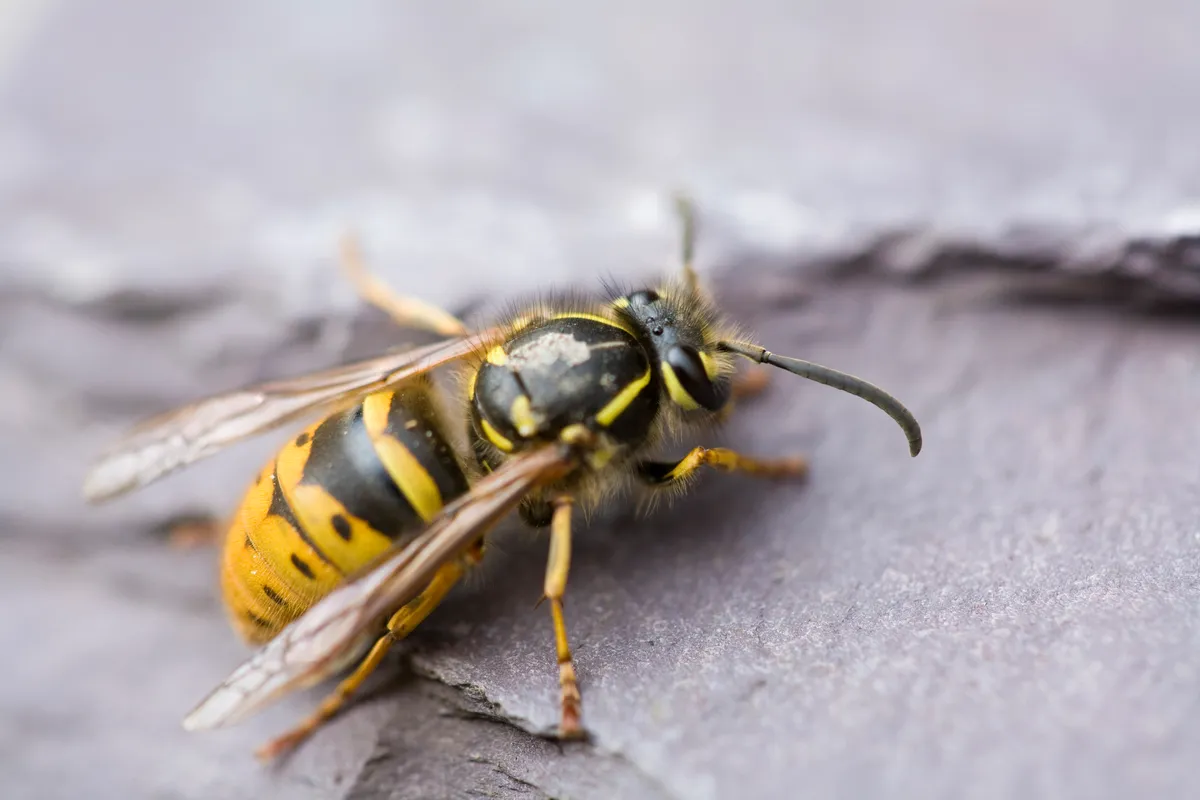
Avoid these apex predators calmly and slowly. Batting wasps away will only make them feel threatened and more likely to sting you. If you cause a wasp distress, such as trying to swat and kill it, it releases pheromones that sends an alert to the rest of the swarm – and you'll soon be joined by the rest of the colony.
If you do get stung and start to feel faint, out of breath or your skin begins to swell up, seek immediate medical attention.
2. Bees
Similar to wasps, bees sting when they feel threatened – but for bees, this is their very last resort, so they have to be really provoked. Their sting has tiny barbs on it that hook into the skin, and a weak attachment in their abdomen means that when they pull away, they lose their entire bottom half, killing them instantly. Unless you're threatening their colony in some way, chances are that if a bee is flying close to you, it's simply checking you out because you weren't there last time it looked.
Humans can also be allergic to bee stings, but if you’re not, then it’s unlikely to cause any serious damage. Don’t assume that you’re allergic to one if you are to the other: bee and wasp venoms are different. Bee stings are less severe than wasps.
Learn more about bees with our expert guide and discover the best plants for bees and butterflies.

3. Ticks
Not technically insects, bites from these spider-like creatures are on the increase following walks through woods, moors and thick grass. Ticks latch on to your skin using little hooks on their teeth and then suck your blood. Bites don’t really hurt, but there are certain types that transmit Lyme disease. Symptoms commonly start with a red circular rash, followed by muscular and joint pain. If you think you may have Lyme disease, go to your doctor as soon as possible for treatment. The best way to avoid a tick bite is to wear trousers when walking through long grass, and don't let your children go crawling through wild blueberry bushes and bracken.
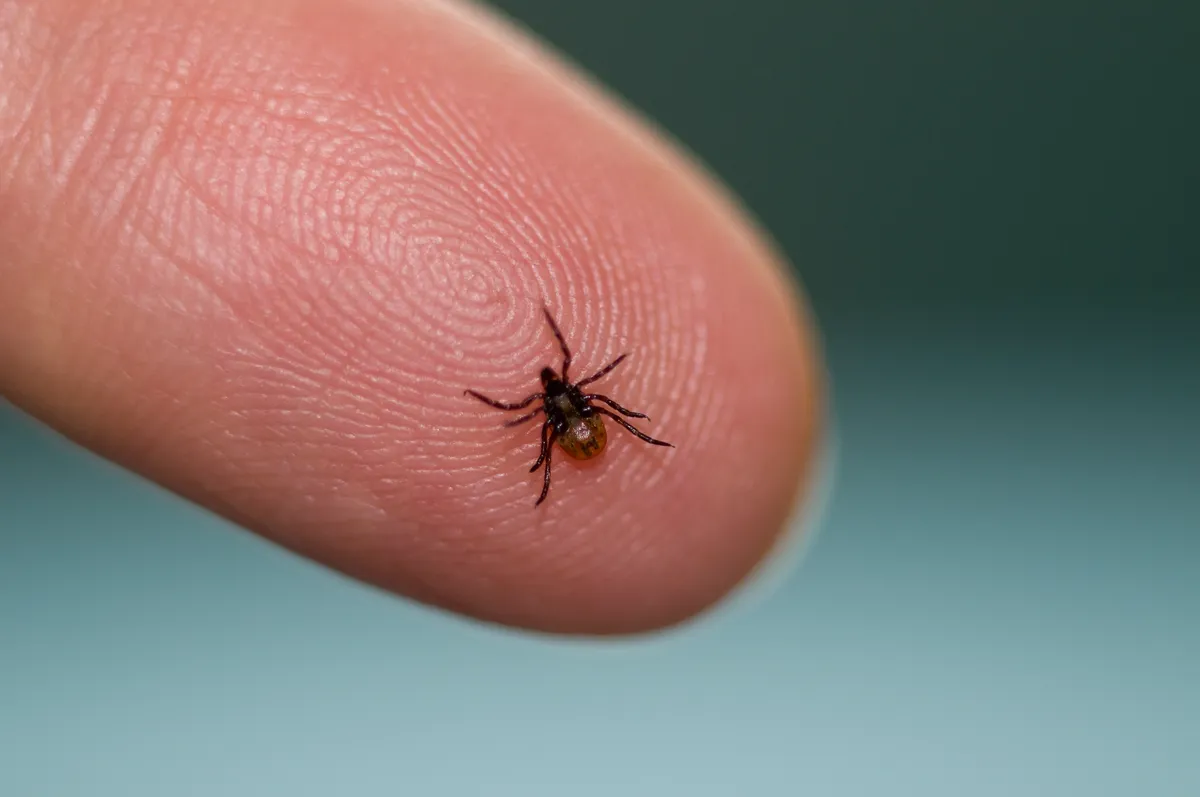
Looking for protection against tick bites? Check out our round-up of the Best insect sprays: 6 eco friendly options.
What are ticks?
Ticks are blood-sucking parasites that belong to the spider family. They are placed only behind mosquitoes in the disease transmission stakes, spreading infectious disease to humans and animals, and from one mammalian host to another.
Read our guide to ticks: how to protect your dog and treat tick bites
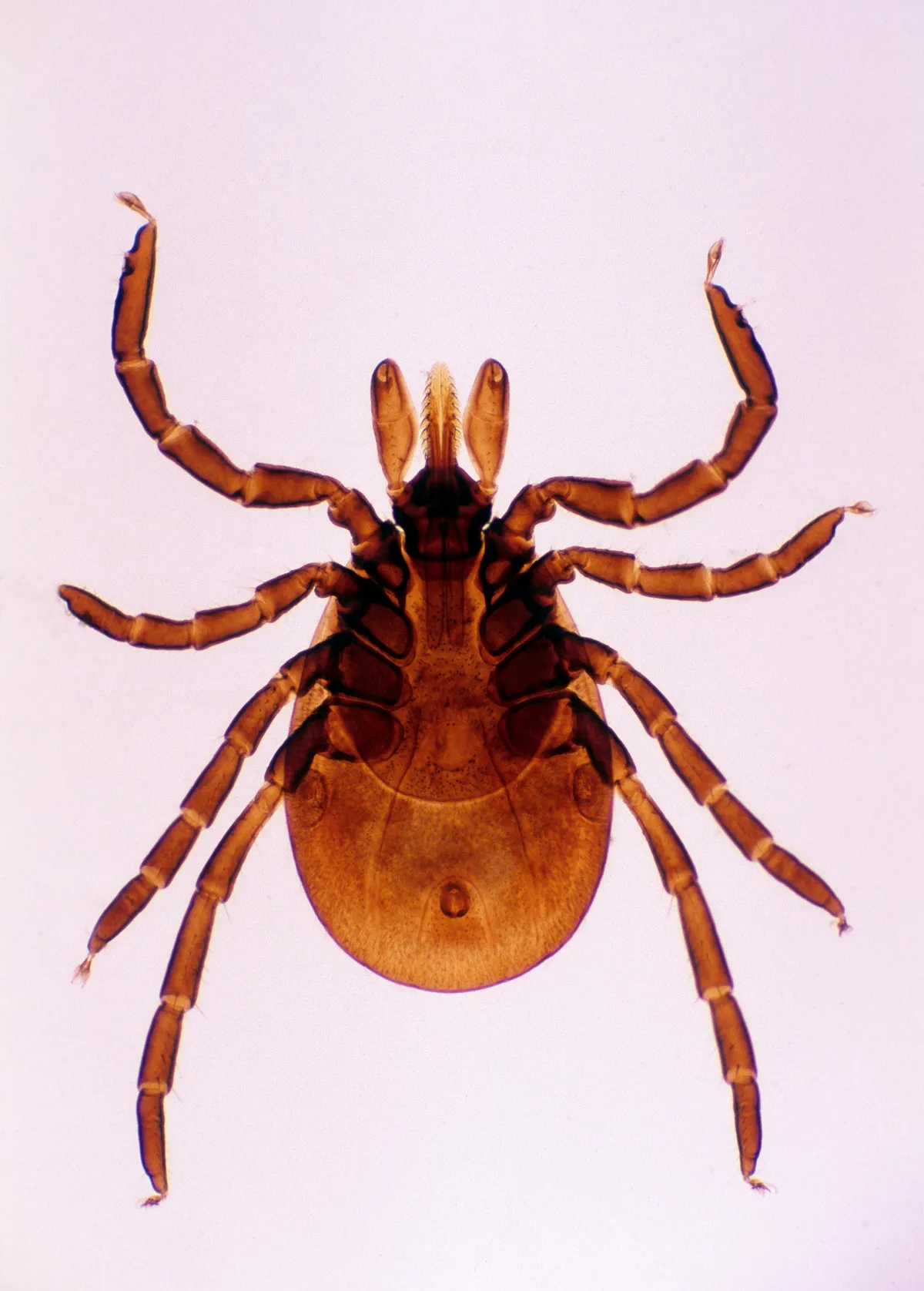
4. Mosquitoes
Mosquitoes have become synonymous with the spread of diseases like Malaria in foreign countries. However in the UK, the nuisance insects are mostly just the scourge of late afternoon relaxing. Their bites cause lots of itching and can swell.

Cover up during the early morning and evening, and use over-the-counter repellents to avoid getting bitten – see our round up of best insect sprays here. Netting over your bed at night can also help keep them at bay.
5. Midges
Those who have enjoyed trips to the Scottish Highlands will be very familiar with these tiny critters. They can also be found in the rest of the UK, especially on damp, cloudy summer days. Bites are quite painful and intensely itchy. Don’t be surprised if they swell up too.
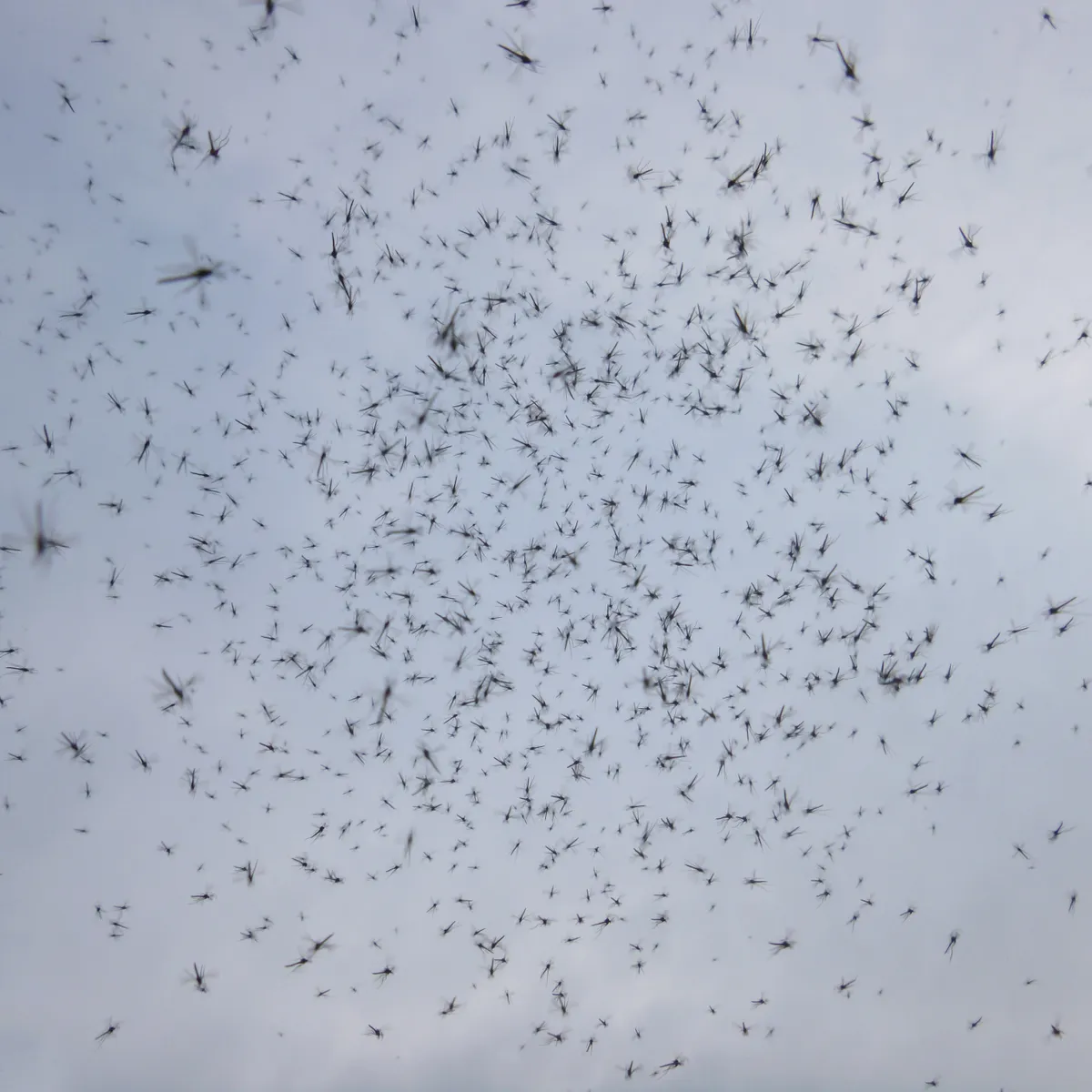
Only female midges bite, but that's no comfort when they're trying to crawl up your nose. They are most prolific when there is no breeze and temperatures are not too high. Buy yourself a midge net to go over a hat, and invest in a good insect spray. Keep moving while outdoors – they can tolerate a breeze of up to 5mph.
How to protect yourself against midges
6. Ants
The common black garden variety is not a biter, but we have other varieties that are. Red, wood and flying ants are little nippers when it’s warm, or if they feel threatened. Ants have lower toxin levels than bees or wasps, so while you may feel a little pinch, the only evidence you may get is a little pink mark. The way to avoid getting nipped is by simply staying away from their path, therefore giving them no reason to bite you.

7. Spiders
Spiders hit the headlines in 2019 after the false widow spider species made the rounds in the south of the country, but surprisingly, there are a number of spiders in the UK capable of having a quick nibble. As with most insects, spiders will bite as a way of defending themselves, and you can tell it’s a spider bite by two little puncture marks left in the skin. Bites from the false widow can cause redness and painful swelling, with symptoms progressing if the bite becomes infected.
As with all insect bites, keep an eye on them and make sure they stay as clean as possible to avoid them getting worse. And don't scratch!

8. Caterpillars
Most caterpillars are harmless, however oak processionary moth caterpillars are prickly pests. They're often found in late spring and summer crawling up and around, you guessed it, oak trees. Long white hairs cover their bodies in the thousands, and touching one triggers a multitude of symptoms including interminably itchy skin rashes, breathing difficulties and eye problems. These hairs get left all over the oak tree too, so you don't even have to see a caterpillar to be affected. Look out for long lines of them on oak trees – if you see them, don't go near.
For more information and resources, see the forest research website.
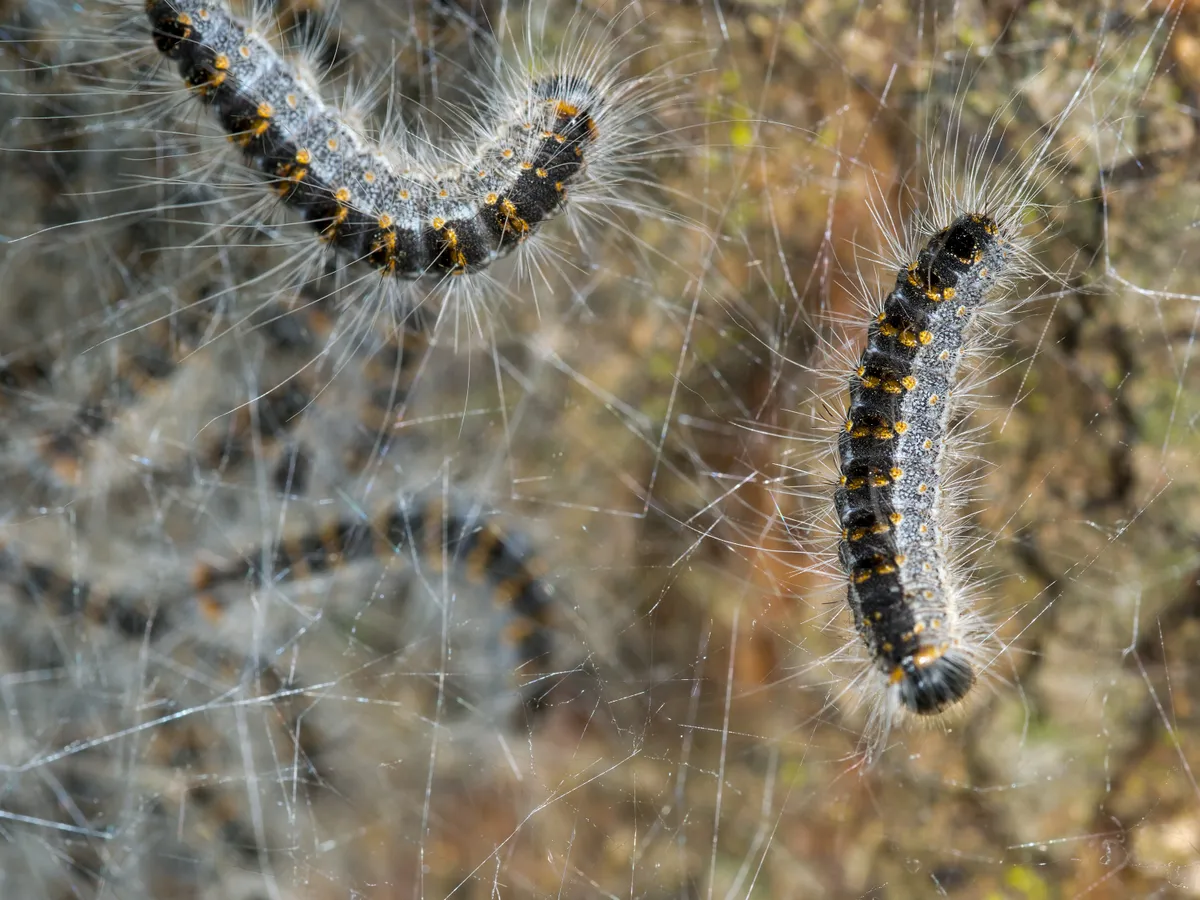
Seen an oak processionary moth?
Report it to the Forestry Commission via its Tree Alert website.
© Getty
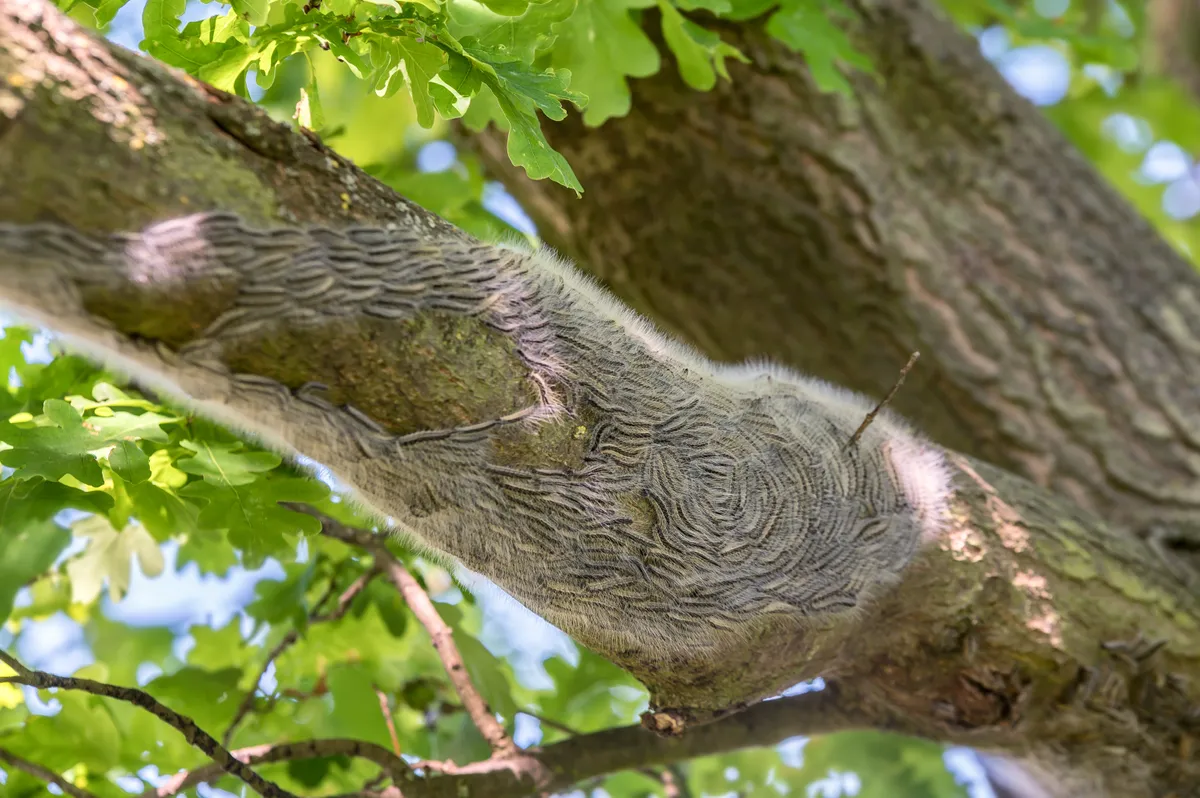
9. Flower bugs
They may sound like the most docile of insects, but don’t let the name fool you. Flower bugs are predatory insects that feed mainly on aphids and mites, but can take an aggressive bite out of human skin too. The wounds can be slow to heal and are incredibly itchy. Identify them by their tiny oval body, reflective wings and orange-brown legs.
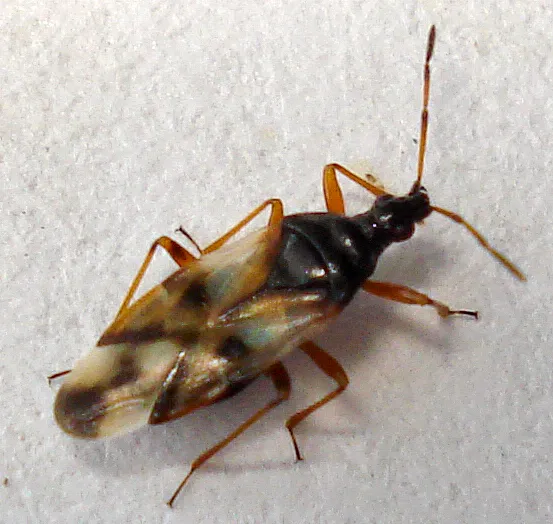
When should I be concerned about a bug bite?
It is normal for bites or stings to feel a bit sore and uncomfortable, but if the bite doesn't start to improve within a couple of days or begins to get worse then it is important to seek medical attention. Try to keep the bite clean to avoid infection.
The NHS website offers advice on how to treat insect bites and symptoms to look out for. nhs.uk/conditions/insect-bites-and-stings

